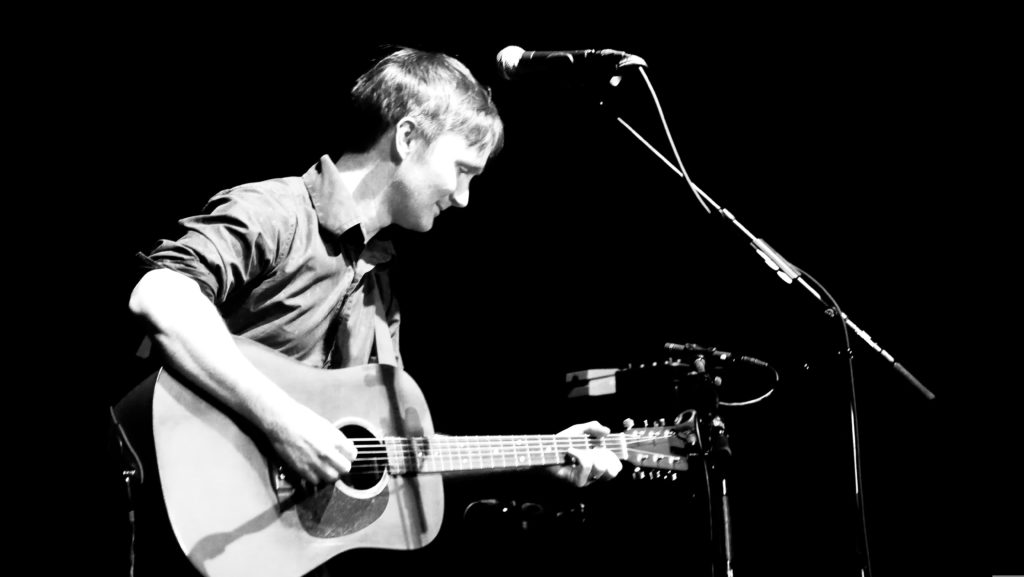
Eoghan O’Sullivan
singer | songwriter | storyteller
Eoghan O’Sullivan is a singer and songwriter, originally from Ireland but living in Switzerland since 2004.
In his folk-pop songs, Eoghan* taps into universal emotions based on experiences from his own life. He is always seeking a catchy chorus or a clever turn-of-phrase, inspired by the likes of Neil Finn, The Beatles and the Irish folksongs he heard around him growing up.
His live performances are infused with good humour and positive energy, with each song accompanied by a story about it came from or what it means to him.
“Eoghan sets the tone […] with strength and simplicity, without false pretence, an artist’s eye, soloist, guitar, voice, heir to a long tradition of folk singers.” (translated from French) arteradio.com
“…exhilarating 90 minutes-plus set that included 15 of his own songs. His range is broad, from sweet paeans of love to his own children, ‘First In My Eyes’ and ‘My Silver Son’, to rousing bluesy tunes like ‘Whiskey Road’, which had the entire audience clicking their fingers at his command.” Geneva Literary Aid Society
*An Irish name that can be translated as Eugene and is pronounced similar to “Owen”
He wrote the song Moi Aussi, which is used to teach a message of inclusion in a growing number of schools around French-speaking Switzerland and beyond. With David Graham, he co-wrote A Perfect Christmas, winner of the Christmas FM Song Contest 2022.

Having earned his stripes as a travelling troubadour – from Paris to Oslo, Berlin to Boston – he has put down roots in Switzerland. Performing regularly in the Geneva–Lausanne region, he plays a mix of his own songs and those of artists he loves.
Recent highlights have included playing as the opening act for Luka Bloom in 2017, and headlining for the Geneva Literary Aid Society in 2023.
Getting in touch
To reach Eoghan via email, use mail@domain.com, replacing the word mail with the word contact and the word domain with eoghanosullivan.
Or try via social media:

(The main photo at the topc of this page is by MaryKos Photography; the photo in the recording studio is by Hayley Hay; the B&W photo is by George Leitenberger)